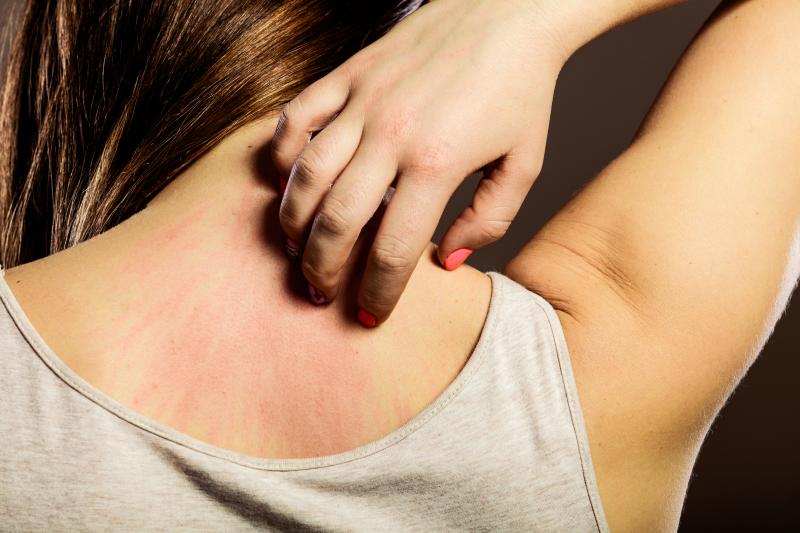
There remains no single, convenient tool available for use as a gold standard in evaluation of quality of life in pruritus, a new study has shown.
The study included 419 patients (mean age, 46.58±17.42 years; 51.3 percent male) with chronic pruritus. Researchers used four different evaluation tools―the visual analogue scale (VAS), the numeric rating scale (NRS), the verbal rating scale (VRS) and the itch severity scale (ISS)―and assessed their correlation with the ItchyQoL, a quality of life measurement instrument specific for pruritus.
Patients had had pruritus for a mean of 150.3±266.6 weeks; 72.8 percent (n=305) were on systemic treatment for itch. Seventy patients (18.0 percent) noted no pruritus improvement even after medication.
VAS, NRS and VRS were strongly correlated among each other during the initial visit. The Spearman’s correlation coefficient, for example, was 0.86 between VAS and NRS. It was 0.81 between NRS and VRS and 0.72 between VAS and VRS. ISS, however, was poorly correlated with these three scales, with Spearman’s correlation coefficient values ranging from 0.54 to 0.62.
These trends persisted until 3 hours after the initial assessment. VAS, NRS and VRS remained strongly associated with each other while ISS was not.
Despite these, ISS emerged as the most highly correlated with ItchyQoL upon initial assessment (Spearman’s coefficient, 0.73). VAS, NRS and VRS performed poorly in comparison, with Spearman’s coefficient values 0.45, 0.49 and 0.47, respectively. This persisted until the 3-hour follow-up.
“In this study, ISS showed good retest reliability and the highest correlation with ItchyQoL compared with three unidimensional scales. However, it is too time consuming for routine clinical use,” said researchers.